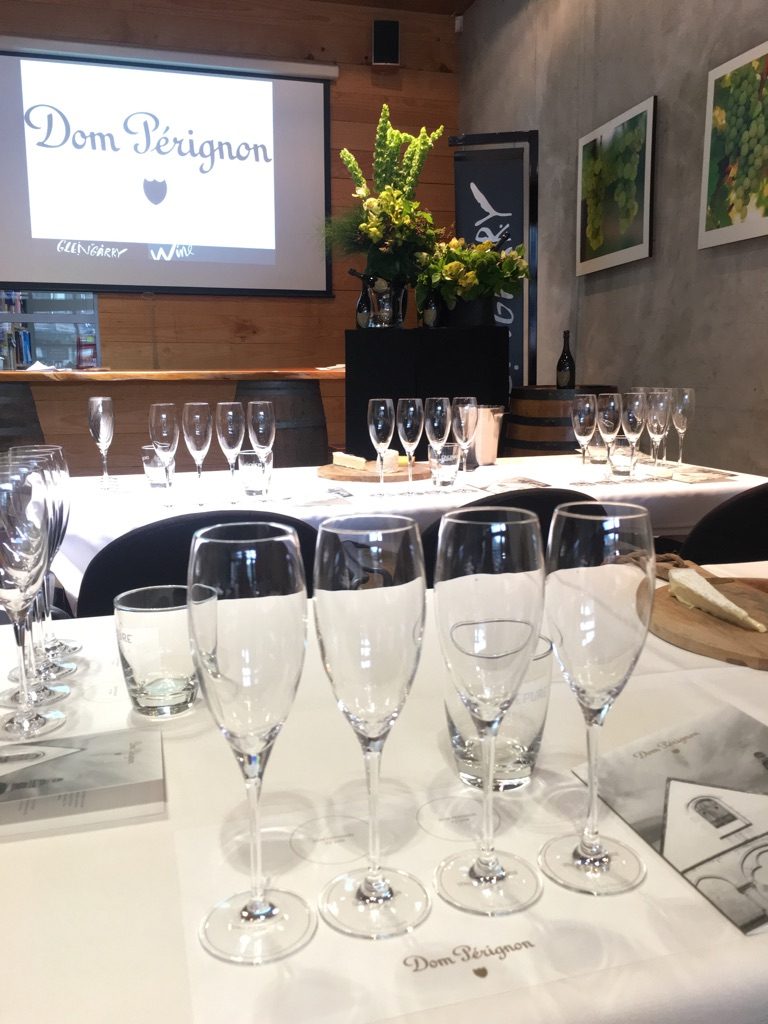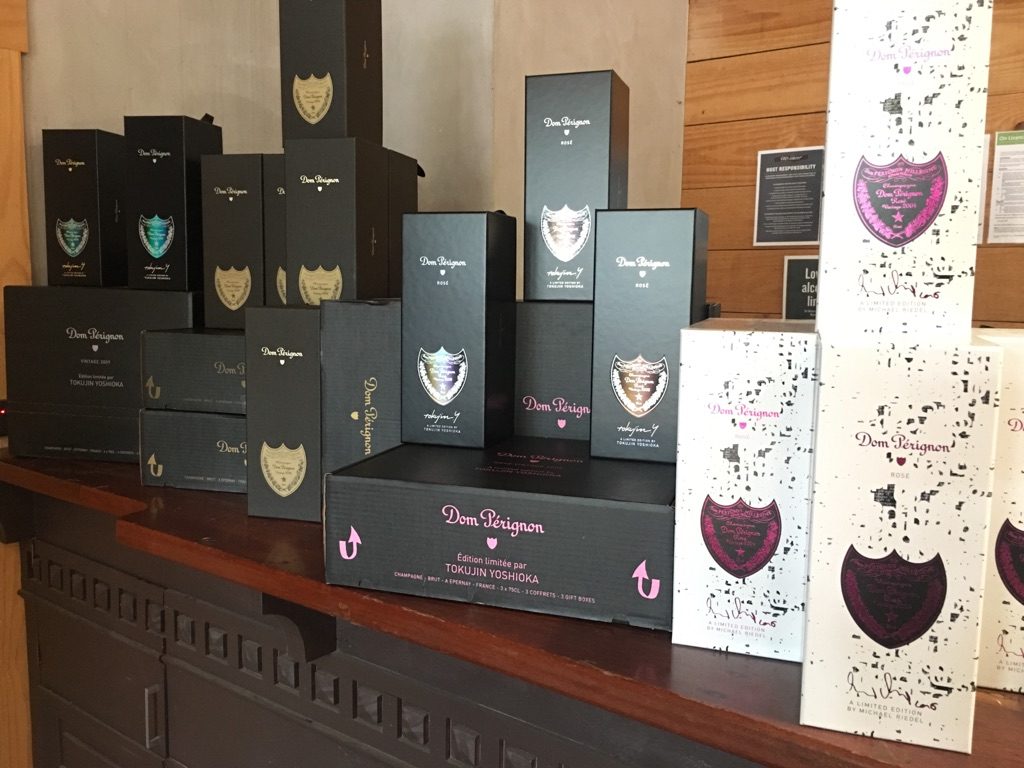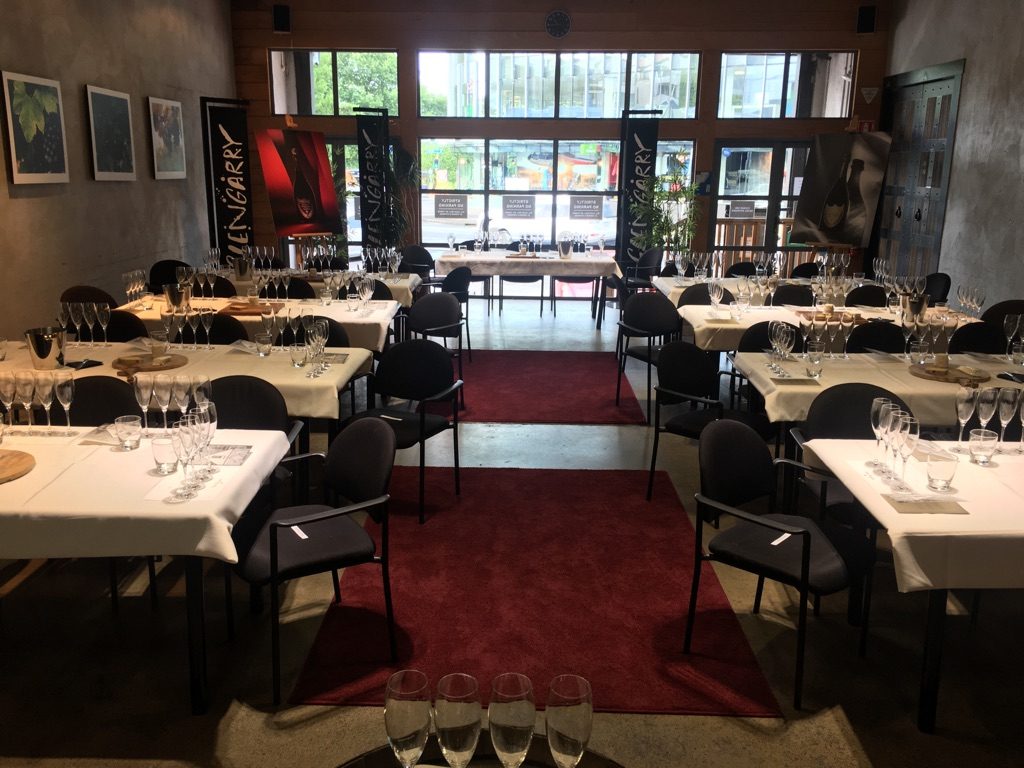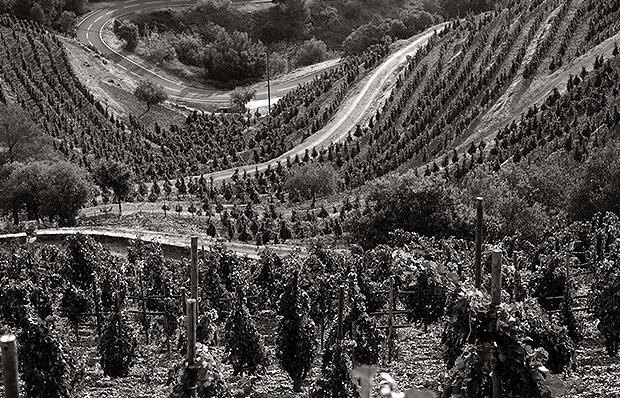Hosted by our Fine Wine Manager Regan McCaffery. He is likely New Zealand’s foremost expert on the wine, having drunk every vintage produced back to 1964.
 On Wednesday evening I presented an wonderful tasting of Dom Pérignon, the world’s most famous Champagne, and one of my personal favorites. It is named after the Benedictine Monk Dom Pierre Pérignon, who produced his famous wines at the Abbey of Hautvillers from 1668 until 1715. Under him the wines of the Abbey flourished, reaching twice the price of any other and being drunk by Louis XIV himself. The Abby and it’s famed vineyards were purchased by Moet & Chandon in 1823 after the revolution and Dom Pérignon is still made from the same sites to this day.
On Wednesday evening I presented an wonderful tasting of Dom Pérignon, the world’s most famous Champagne, and one of my personal favorites. It is named after the Benedictine Monk Dom Pierre Pérignon, who produced his famous wines at the Abbey of Hautvillers from 1668 until 1715. Under him the wines of the Abbey flourished, reaching twice the price of any other and being drunk by Louis XIV himself. The Abby and it’s famed vineyards were purchased by Moet & Chandon in 1823 after the revolution and Dom Pérignon is still made from the same sites to this day.
It was the world’s first Prestige Cuvée, the 1921 vintage in its replica 18th Century bottle, was released to huge acclaim in 1936. Dom Pérignon is always a perfect blend of Chardonnay and Pinot Noir in roughly equal proportions, the grapes coming from all 17 Grand Crus in the region, as well as the famed 1er Cru of Hautvillers. When young, it’s hallmarks are a soft citrus creaminess and exquisite balance, it’s almost too easy to drink.

For this Masterclass we looked at three different expressions of Dom Pérignon, starting with the new 2009 against the previous 2006 release. This is the first time ever that they have released a vintage out of order, deciding that the much anticipated 2008 still needed more time resting in the cellars under Epernay. The 2009 comes from quite a warm vintage and is already rich and expressive, a really showy flamboyant Dom. 2006 is a more classic year, despite being a little reticent now it will blossom and impress if you can manage to keep your hands off it for another ten years.
We then moved on to the stunning Dom Perignon Rosé, 2005 v 2004. A different blend entirely, this is around 60% Pinot Noir, with a full 27% of it being Red Pinot added to the blend in 2005! Again the personality of the vintages showed clearly here; 2005 is beautiful now, incredibly elegant and delicate, the perfect Summer drinking. 2004 was much darker and more brooding, the sort of thing to drink with Lamb or Duck at a stunning dinner. Either way make sure you use a large Pinot Noir glass to see it’s full personality.

We finished with the rare opportunity to taste two vintages of Dom Pérignon P2, from the 2000 and the 1998 vintages. P2 is a proportion of each vintage of Dom (around 10%) that is held back for extended aging in their cellars of 15-20 years before release. These were formerly known as Dom Pérignon Oenothèque (The library where the older wines are stored).
P2 refers to the second plénitude’ of the wine, a term Dom Pérignon uses to describe when in its lifespan the wine is showing best. The first plenitude would currently be the 2009. All the P2 wines are aged on cork and hand disgorged for a quality check. This provides an opportunity to try a perfectly aged bottle of Dom that is still fresh from being recently disgorged. P2 has much more power and intensity, it’s richer and more harmonious, complex and textured, a real pleasure to drink. Though for me, nothing beats a well stored original release bottle.





